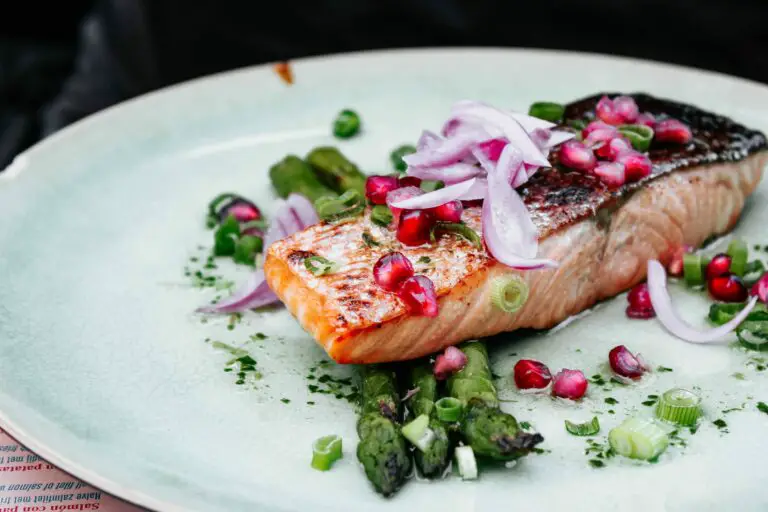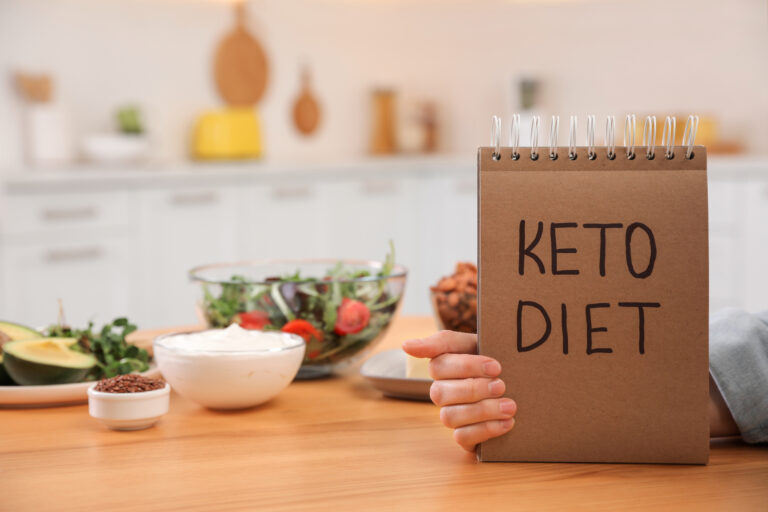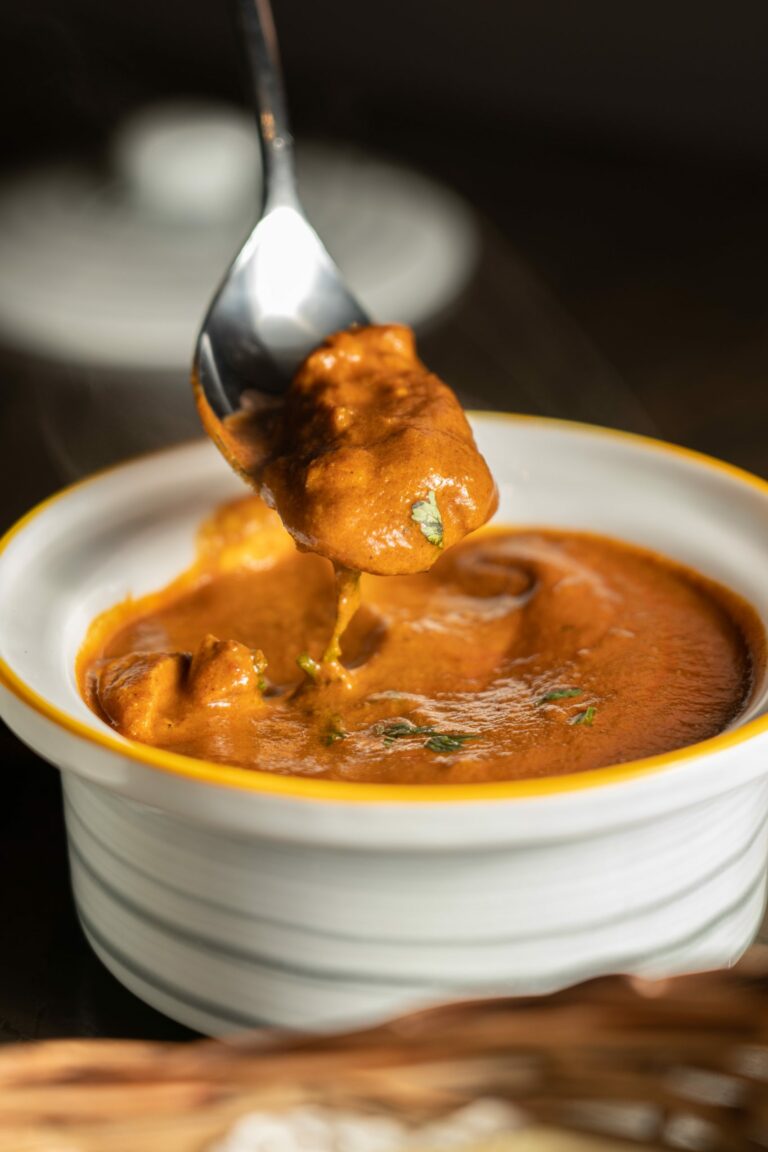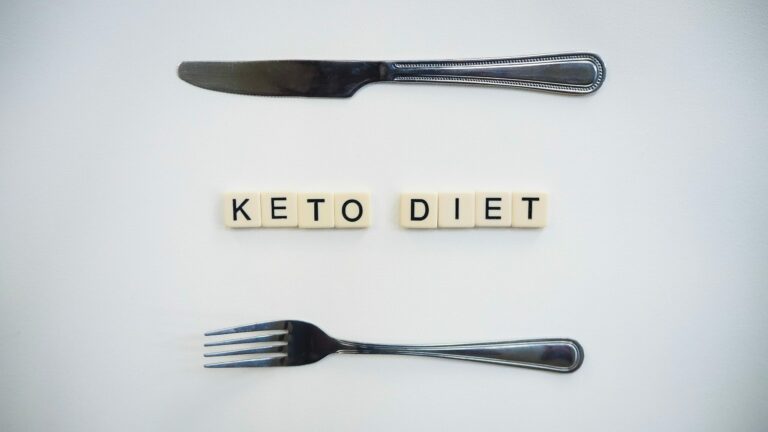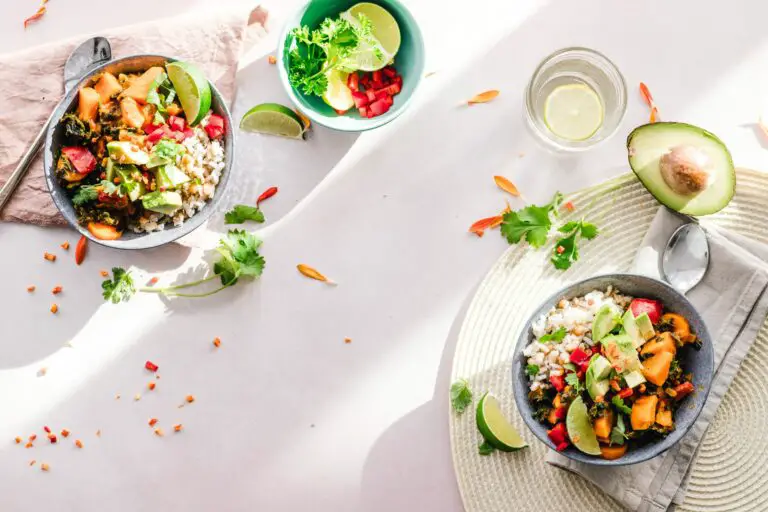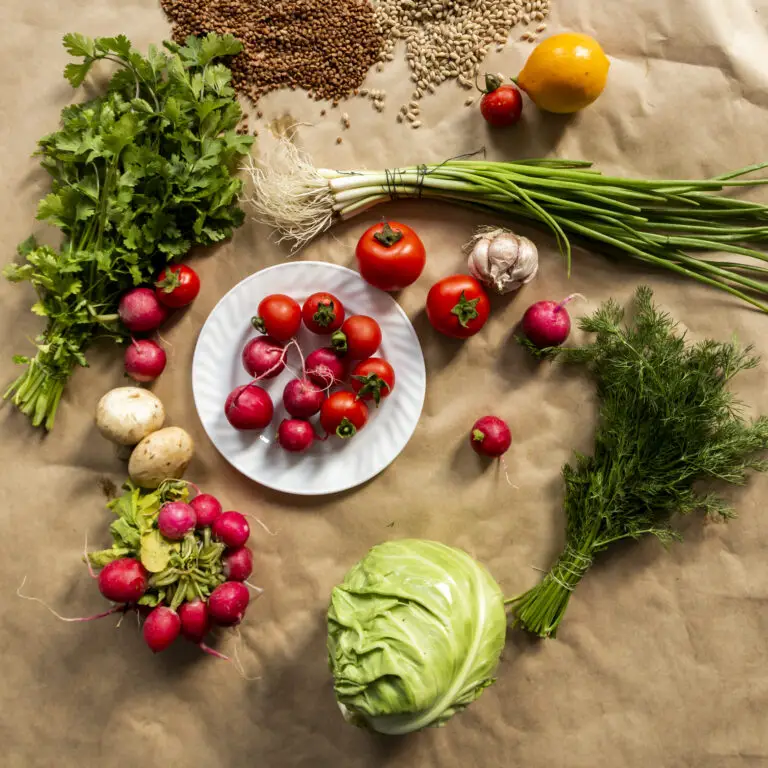Paleo Diet: Beginners Guide
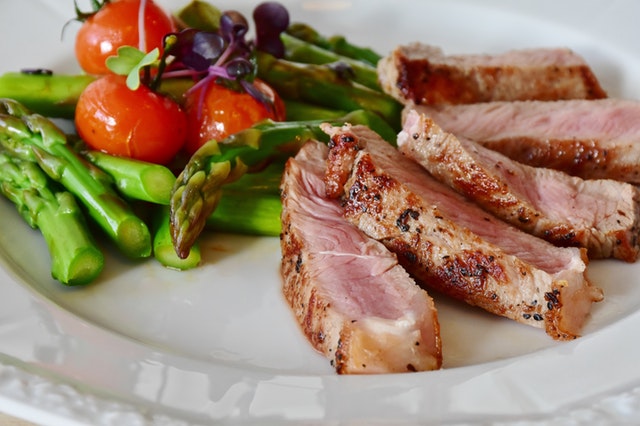
The Paleo diet is an eating scheme, based on the eating patterns of man in the Paleolithic era, why was this specific? Well, from the Paleolithic the use of fire was incorporated, this made possible the use and improvement of hunting.[1]
The Paleo diet is based on a simple question: What did cavemen eat? In other words, this diet is based on the diet of our ancestors: fruits, vegetables, meat, fish and seeds. The creator of the Paleo diet is Loren Cordain, Phd, Professor at the University of Colorado, who maintains that this diet contains an optimal balance of proteins, fats and carbohydrates.
How does the Paleo diet work?
The body’s fuel source in general is fat. However, due to the amount of carbohydrates we consume on a daily basis, our bodies burn carbohydrates instead of burning fat. Therefore, when we consume more carbohydrates than we need, our bodies store the rest as fat.
The Paleo diet changes this process by simply removing a lot of carbohydrates from the diet. When this happens and we consume fewer carbohydrates, our bodies do not need to store them to use as fuel and are forced to burn stored fat in the body. The Paleo Diet is one of the best diets for weight loss.
Eliminate carbohydrates = burn stored fat in the body
What are its benefits and main foods?
Diets go beyond weight loss, the objective of nutritionists and physiologists is to avoid disease processes, in a natural way, the most basic and effective is food. For many years, many diets have been advertised as strict regimens that are aimed at rapid weight loss and often in unhealthy ways, however, a diet is an eating plan intended to obtain a better state of health in general, Subject to this principle, the Paleo Diet arises.
Main foods of the Paleo Diet
Vegetables
They represent an essential source of vital minerals and vitamins for optimal organic performance. As for the type of vegetables recommended, these can vary from one region to another. However, those with green leaves, such as spinach, cabbage, broccoli, etc. stand out.
Fruit
They are an excellent source of fiber, vitamins, and antioxidants, they represent the sugars in this diet, they are easily digestible, and do not cause damage like refined sugars. Like vegetables, the type of fruit varies according to the region and the season, but red fruits, such as strawberries, raspberries, pomegranates, etc., are particularly recommended.
Meats, especially games and those of lean composition
This diet postulates that human beings are carnivores by nature and that the origin and quality of the meat they consume are decisive for their state of health, which is why it maintains that the meats present in this diet should be as lean as possible, naturally fed, that is, meats not marketed on a large scale or treated with preservatives or hormones.
Fish are also present, especially those rich in omega 3 and 9 such as salmon and sardines.
Nuts
They represent a healthy source of fat, here you can also include olive oil, these foods not only provide fat but also provide vitamins, minerals, and antioxidants.[2]
Benefits of the Paleo Diet
One of the most notable aspects of this diet is that very little or almost no presence of carbohydrates; this has an explanation, during the Paleolithic era agriculture had not been applied, so the cultivation of legumes and cereals did not exist, and neither the flours.
Weight loss: Any plan that involves a conscious and controlled diet will result in weight loss, in the case of the paleo diet, this is done healthily.
Better blood glucose levels: With no carbohydrate consumption, glucose remains more stable.
Reduction of Triglycerides and Blood Pressure: The consumption of fish, olive oil, and lean meats translates into cardioprotective foods due to the effects of omega 3 and 6 and linoleic acid on LDL cholesterol and the walls of blood vessels. , this in the long run reduces stress[3]
What should we avoid on the Paleo diet?
- Grains and cereals (corn, wheat, barley, oats, quinoa, etc.)
- Legumes (lentils, chickpeas, beans)
- Anything that has gluten
- Fast food
- pasteurized dairy
- Vegetable oils (corn oil, canola oil, soybean oil, vegetable oil, etc.)
- Chemically altered fats (anything that says “reduced fat,” “fat-free”, etc.)
- Condiments include mayonnaise and ketchup with added sugar, preservatives, chemicals and genetically modified ingredients.
- Refined sugar and artificial sweeteners. (agave nectar, white stevia powder, anything containing high fructose corn syrup, aspartame, Splenda)
- Highly processed meats and poultry, with antibiotics, and hormones, contain MSG.
- Almond milk containing refined sugars
- Juices/powdered juices with artificial colors and ingredients
In general, the ideal carbohydrate intake of the Paleolithic diet is 100 to 150 grams per day.
What is an example of a real paleolithic diet?
This is an example of the Paleo diet:
Breakfast: Paleo pancakes

Servings: 1 person
Ingredients
- 1 medium banana
- 1 large egg (50 grams)
- 3 teaspoons of cinnamon
- Butter for cooking
Directions
1. Mash the banana and then mix with the egg and cinnamon.
2. Heat a nonstick skillet over medium heat. Pour batter over the pan.
3. Cook for about 2 minutes on each side or until golden brown.
Nutrition Facts:

Lunch: Chicken Lemon Salad

Servings: 1 person
Ingredients
- 125 grams of chicken cooked to taste
- 2 teaspoons of lemon juice
- 1 pinch of salt
- 4 leaves, large lettuce (60 grams)
Directions
1. Combine chicken, lemon juice and salt
2. Arrange the lettuce leaves on a plate and serve the chicken salad on top.
You can add some yellow pepper to give more color

How much fruit can you eat on paleo diet? Eat fruit in moderation . Fruits are important because the offer minerals, vitamins, fiber and antioxidants. You do not have to eat a fruit in every meal, the best option is to consume fruit as a snack.
What fruits can you eat on paleo? you can eat melon, apples, blueberries, strawberries, blackberries, citrus fruits, peaches , bananas, plums.
Bellow are some examples of what you can eat , Paleo recipes:

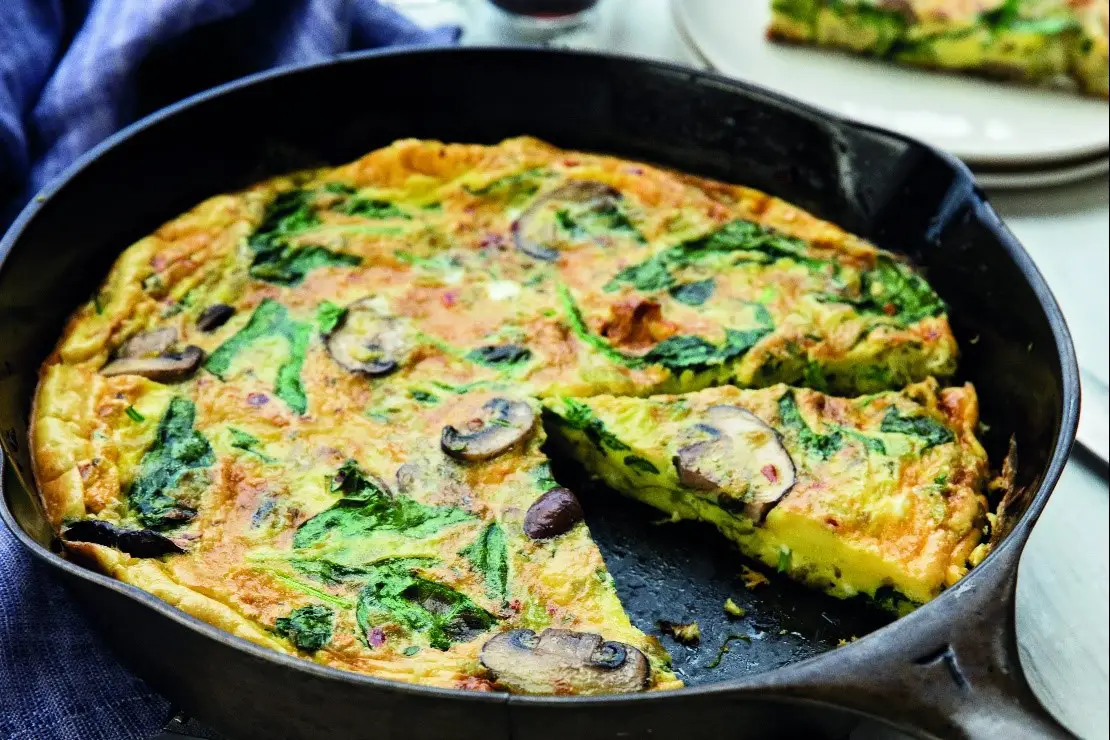
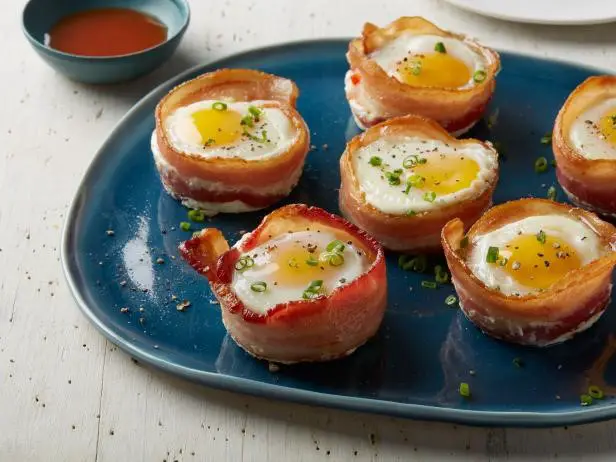

Me encanta cocinar y escribir, tengo un Certificado de Nutrición de Inicio y un diploma de Nutrición Completa acreditado por CTAA y una Certificación de Entrenador de Salud de Nutrición Keto. Creo firmemente que comer sano es la clave para vivir una mejor calidad de vida. He tomado un curso de Terapia Nutricional que me ha dado las bases para comer saludablemente.

